The House of Memories is a communal living room that collects, archives, and display the activities and artifacts that are part of the diverse Bloor and Christie neighbourhood. The objects which are collected in this space offers a sense of domestic familiarity. The collection features a wide range of objects, from artifacts recognized by all to unique objects identifiable by a few. The common theme of these objects is that they all hold stories of past owners and future handlers.

It is often said “history is written by the victors” which is problematic as it does not capture the nuisances of history. Too often events are portrayed as black and white, between right and wrong, winners and losers. This polarizing narrative is perpetuated in museums such as the large institutions of London, and across the world. Given Great Britain’s colonial history much of its prized national treasures are objects required through conflict. The Elgin Marbles, Rosetta Stone, and Benin Bronzes are just a few objects which fit this description. These objects tell the triumphant victories of Great Britain but omit the traumatic stories of its capture. Institutions such as the British museums focus on the greater narrative of their nations and the great selected few. These select individuals are held in such high regards that they take on mythological proportions.
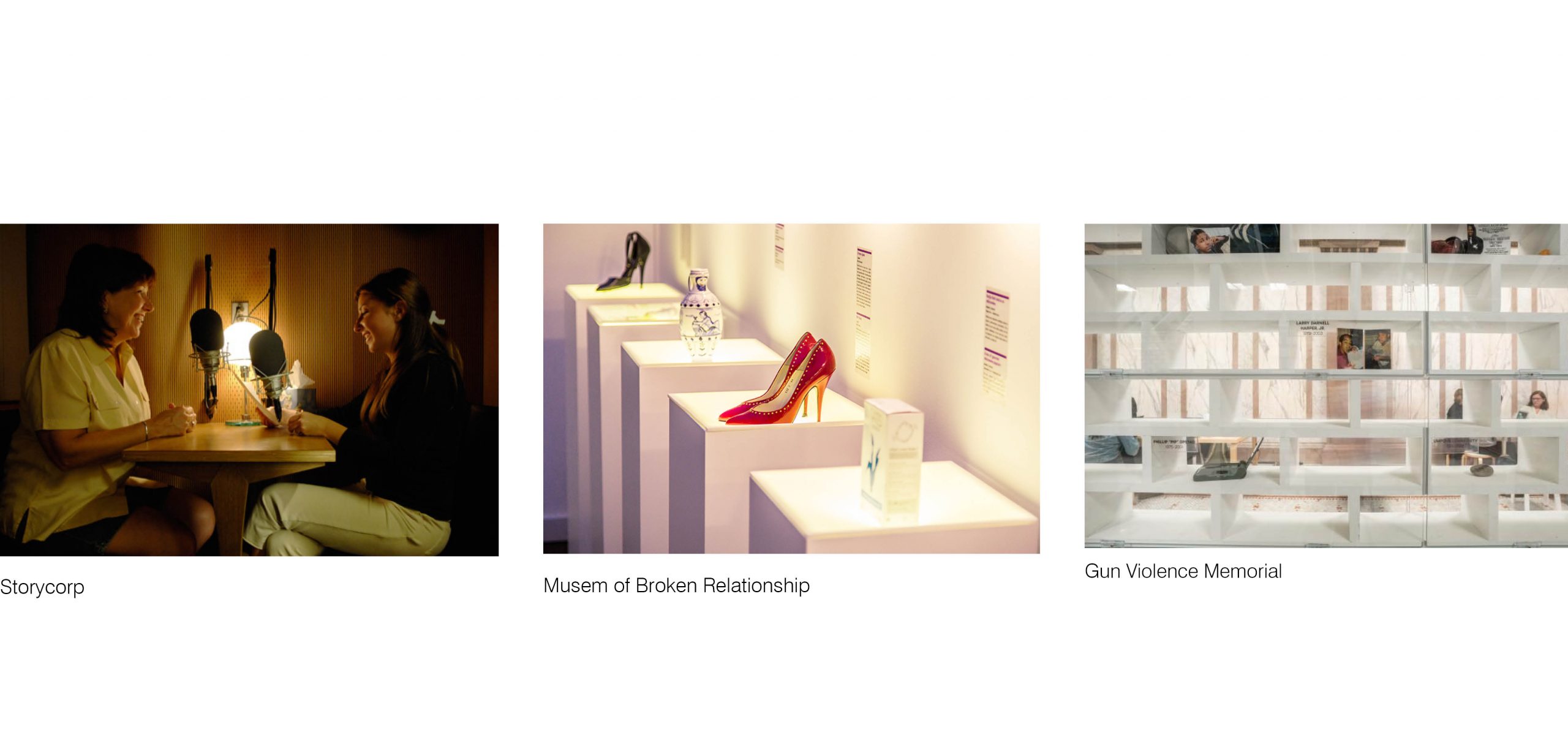
While the few are celebrated, the everyday individuals are forgotten. While the everyday individual may not have left a profound impact on history their stories still need to be preserved and celebrated. While the individual’s impact on society may be small, it is everyone’s collective contributions that creates the tapestry of history and culture. The stories of the individual that are missing from the large institutions of London can be found in collections of the individual’s stories in projects such as Storycorp, Museum of Broken relationships, and the Gun Violence Memorial. Projects like these are important because it allows us to reflect on our past from the perspective of individuals. The diverse narratives allow us to find different perspective of a historical event which ultimately provides a clearer image of the event. It also provides a sense of dignity to the people whose stories has been historically neglected and this platform provides them an opportunity to finally tell their stories.

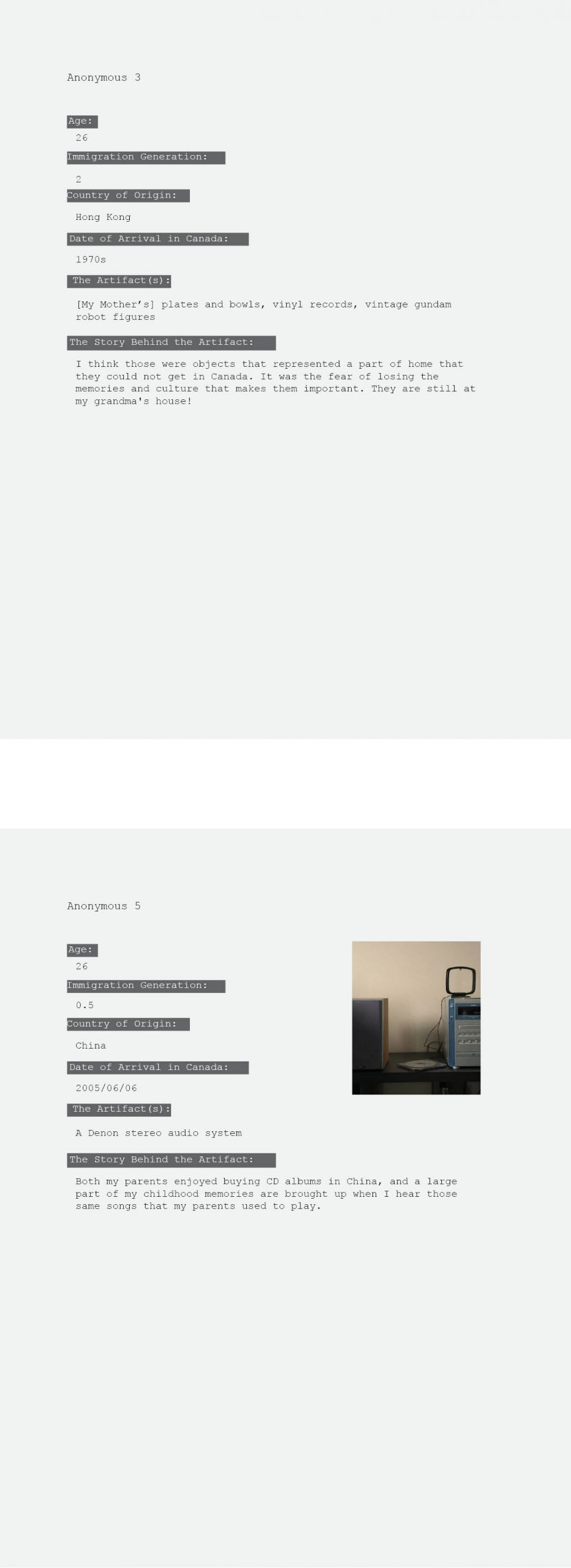

As a part of the research, a survey was sent out to collect personal stories around objects relating to individual’s immigration stories to Toronto. The intention of the survey was to see if there were commonalities in individuals’ experiences. The objects that were collected were different for each individual, and the story which accompanied the object were also varied. However, these objects were all chosen as objects of significance for the individuals because they hold memories of their lives before immigration. Many of these objects were also everyday objects: a stereo system, a quilt, a coat; many of these objects are continued to be used by the individual and act as daily reminders of the past. It can be said that a piece of the individual’s personal history and identity has been embedded onto the object.
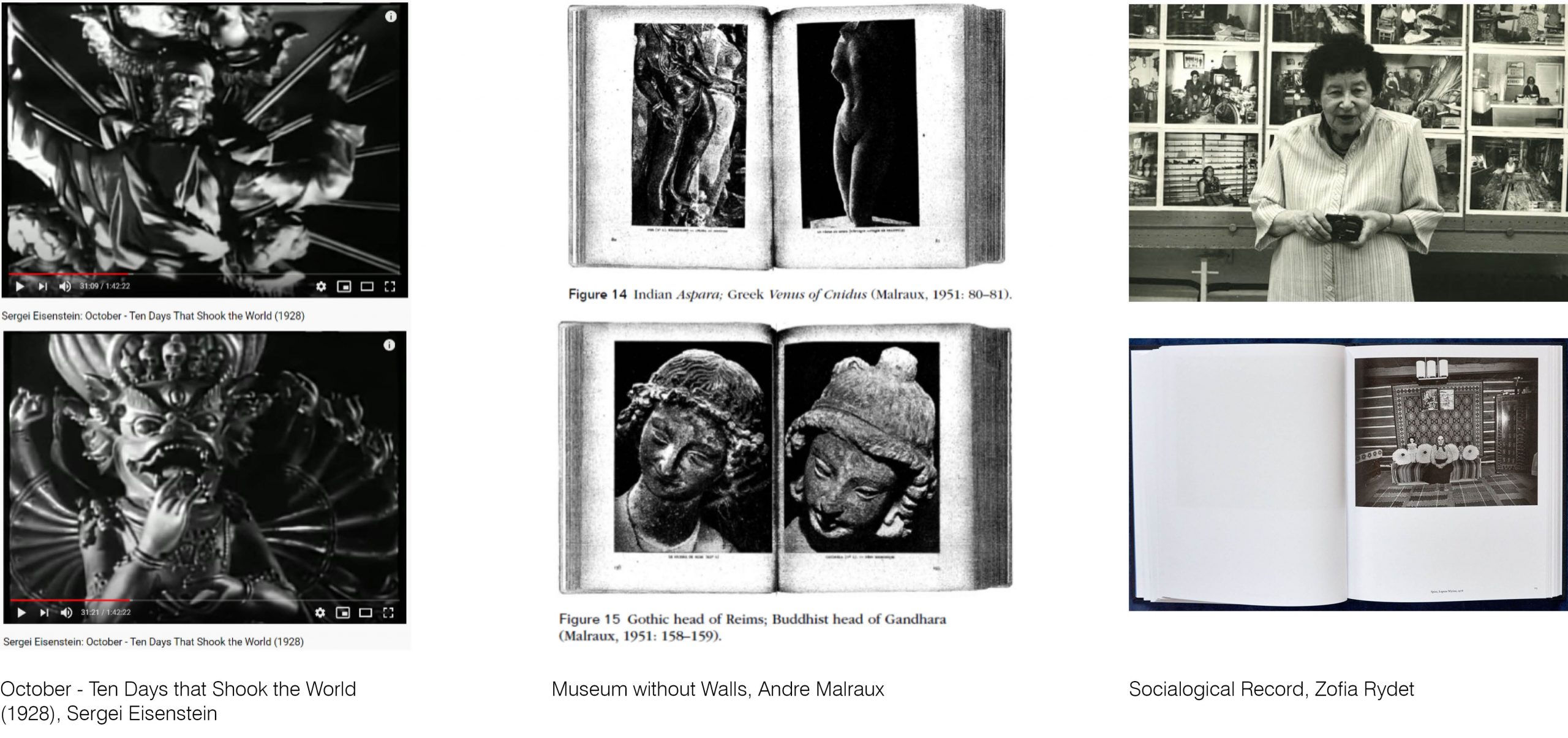
This thesis builds upon the idea of using photomontage to create parallel and comparative narratives by revealing elements which transcend time, geography, and culture. The works of Eisenstein, Malraux, and Ridet revealed the many similarities in artistic representation and expression across the world. While Malraux and Ridet use a book to present their photomontage, and Eisenstein, film; how can architecture become a medium to deliver the photomontage? Architecture can capture the temporal while photography and film are only limited to a moment in time. Rather than pieces of artwork, the occupants become the subject of speculation.
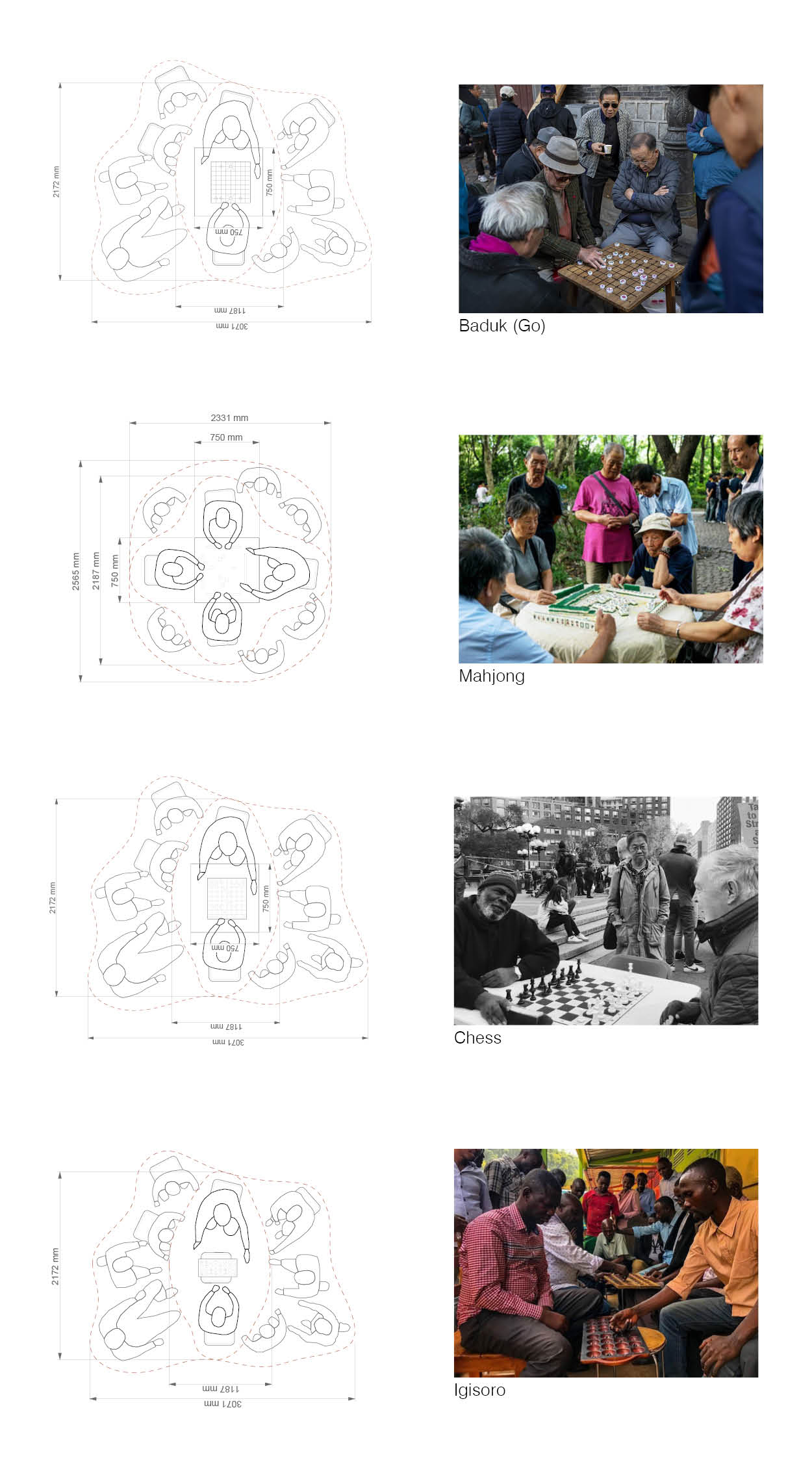

As part of the research, a wide range of activities was mapped out to test fit the spatial requirements of the building. The research also revealed the many similarities of the everyday human experience across time and cultures.
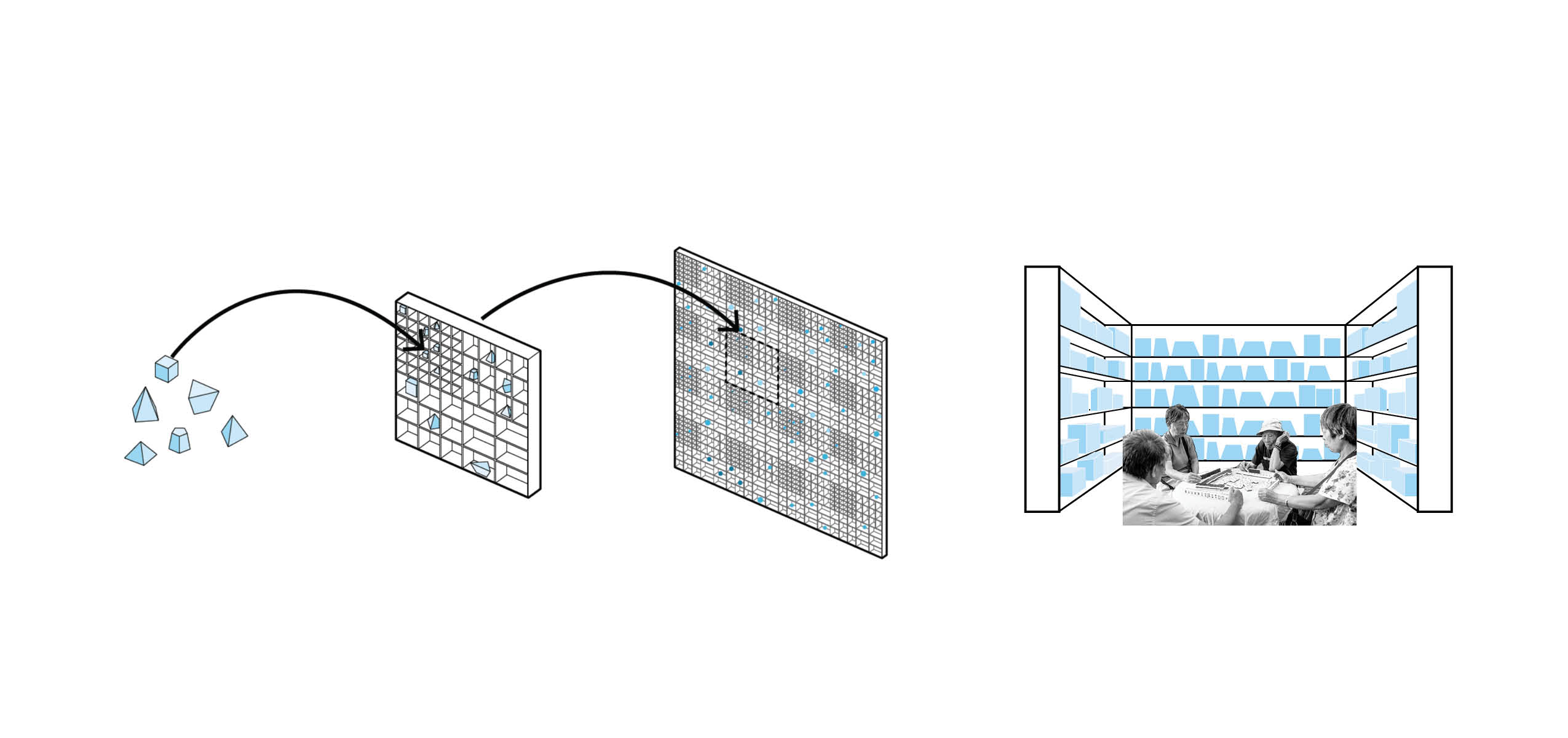
This thesis proposes this building as an apparatus for collecting, archiving, and displaying the activities and artifacts of the individuals of a community. The form of the building comes into definition over time, through the accumulation of artifacts and images.
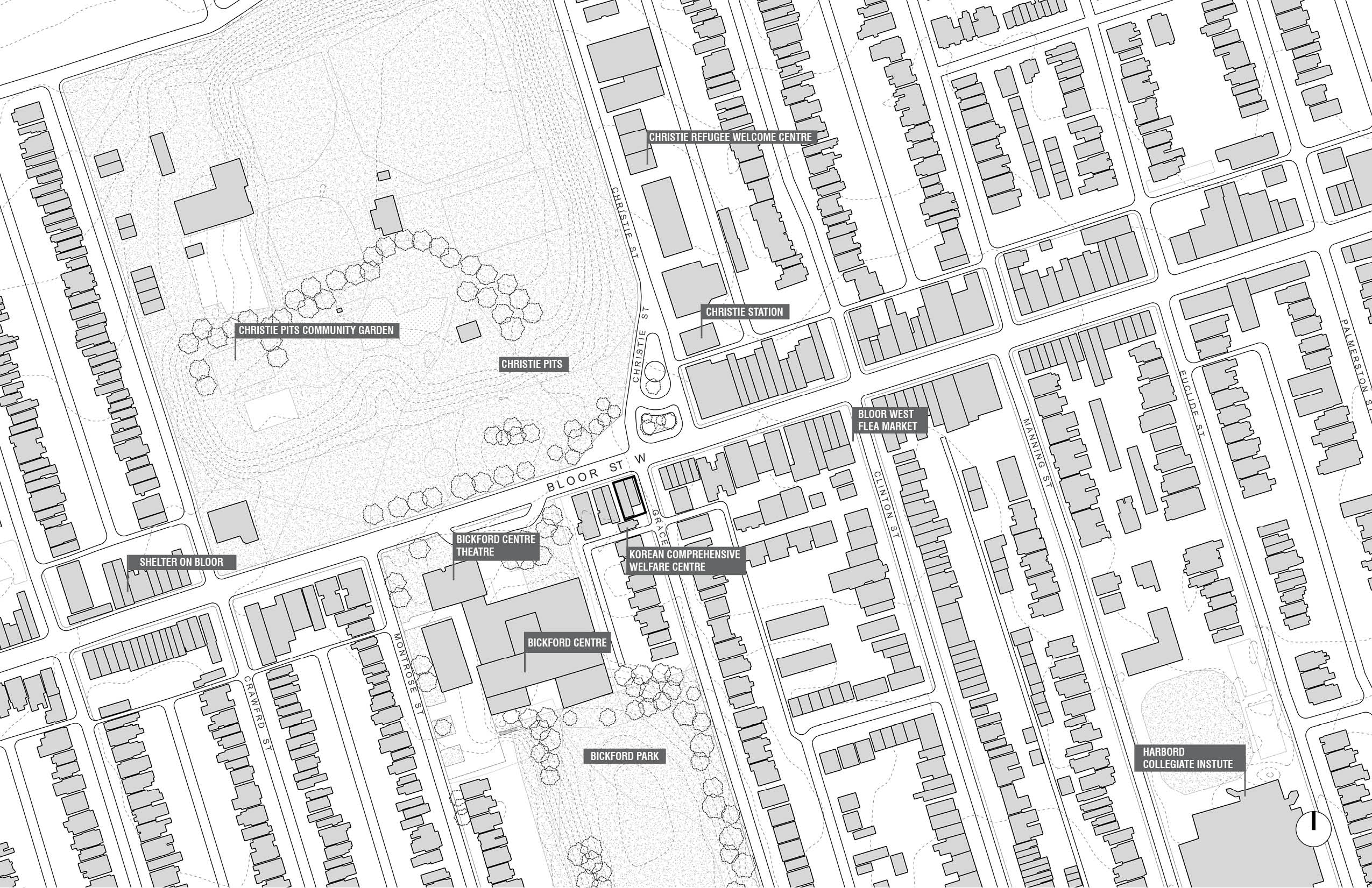
The project is located on Bloor Street West, facing Christie Pits. The site is on the peripheries of Koreatown and is in close approximation of Doverourt Park and Little Italy.

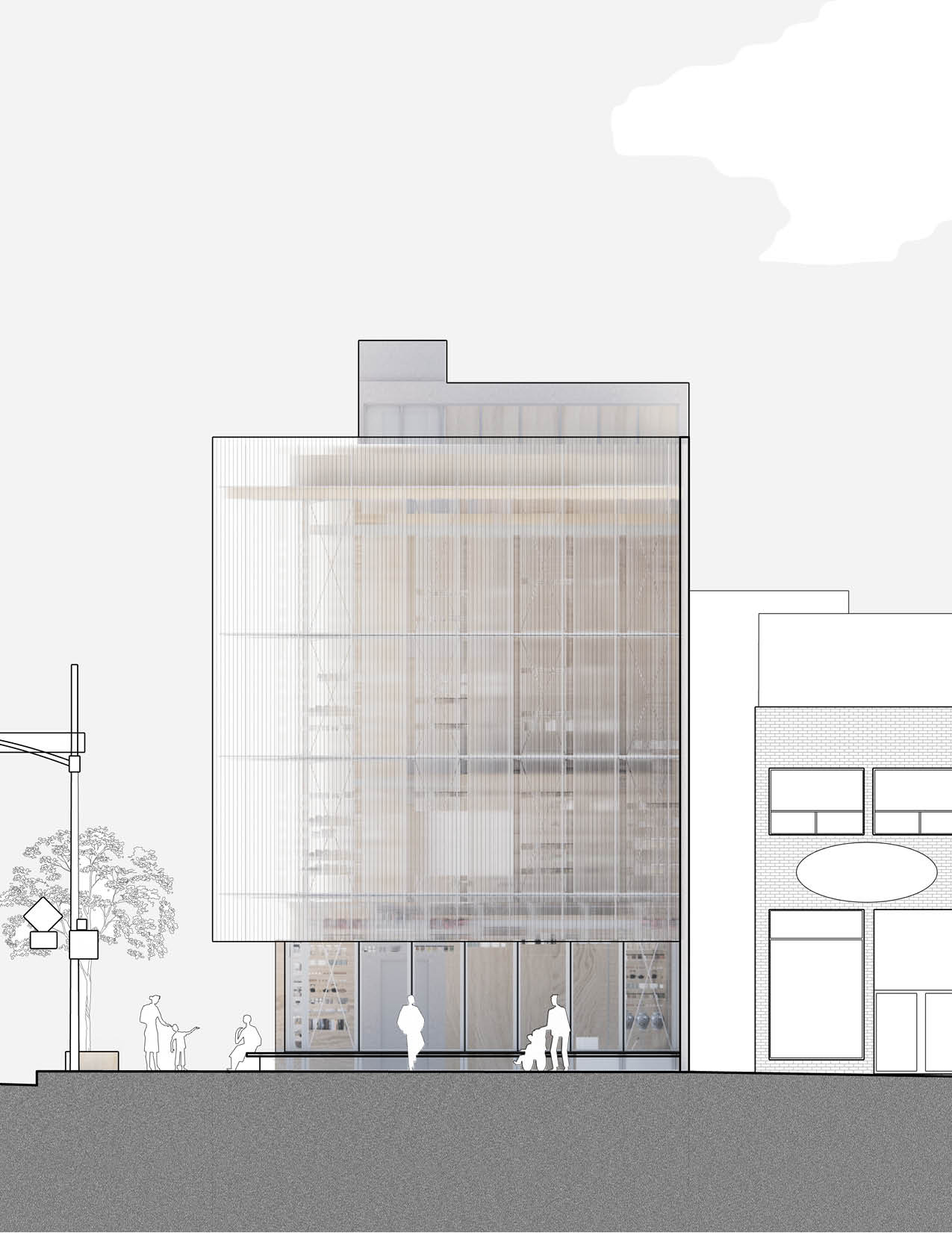
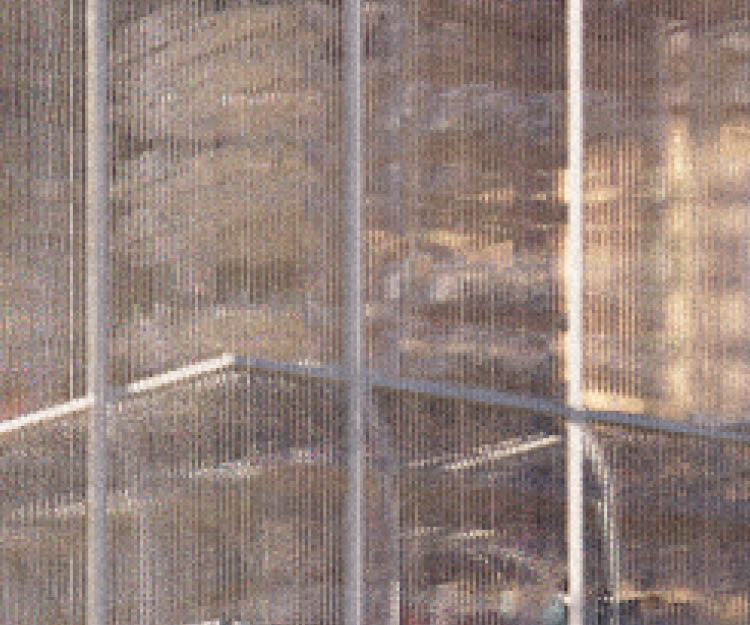
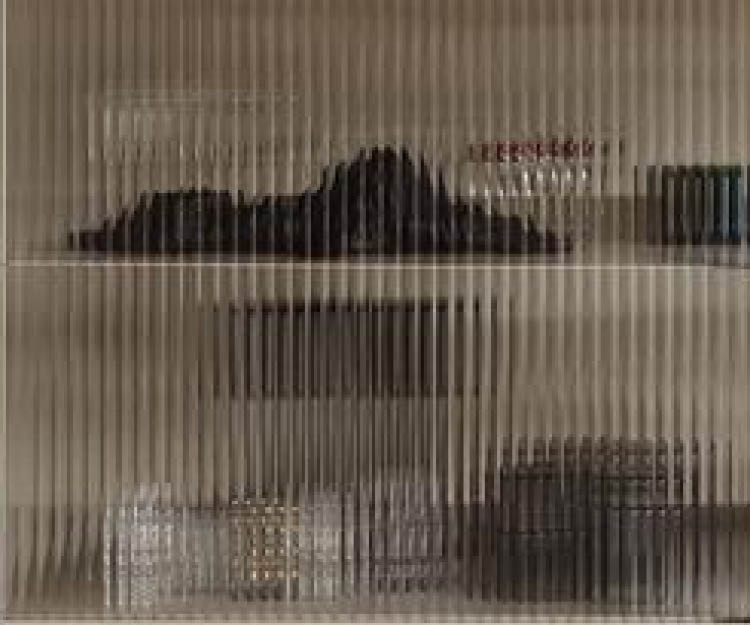
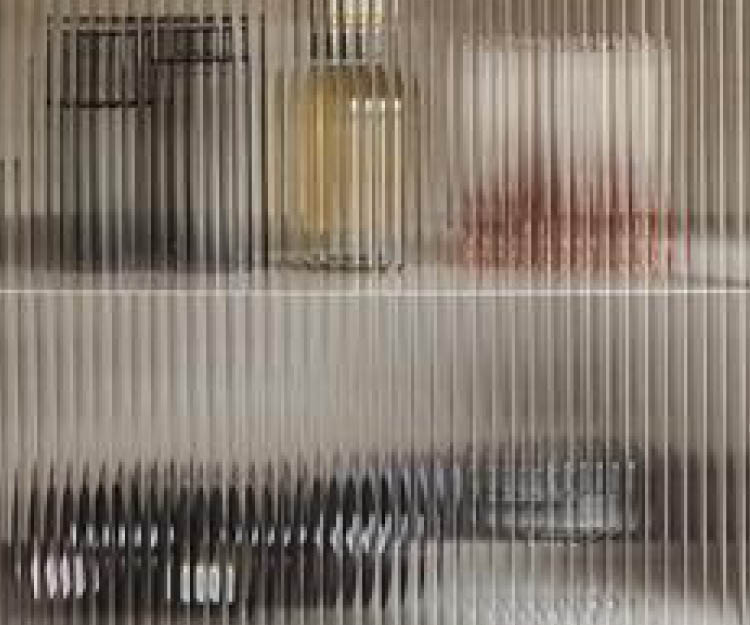
The façade of reeded glass distorts the contents behind the building, bringing a layer of abstraction to the aggregation of objects that forms this building.

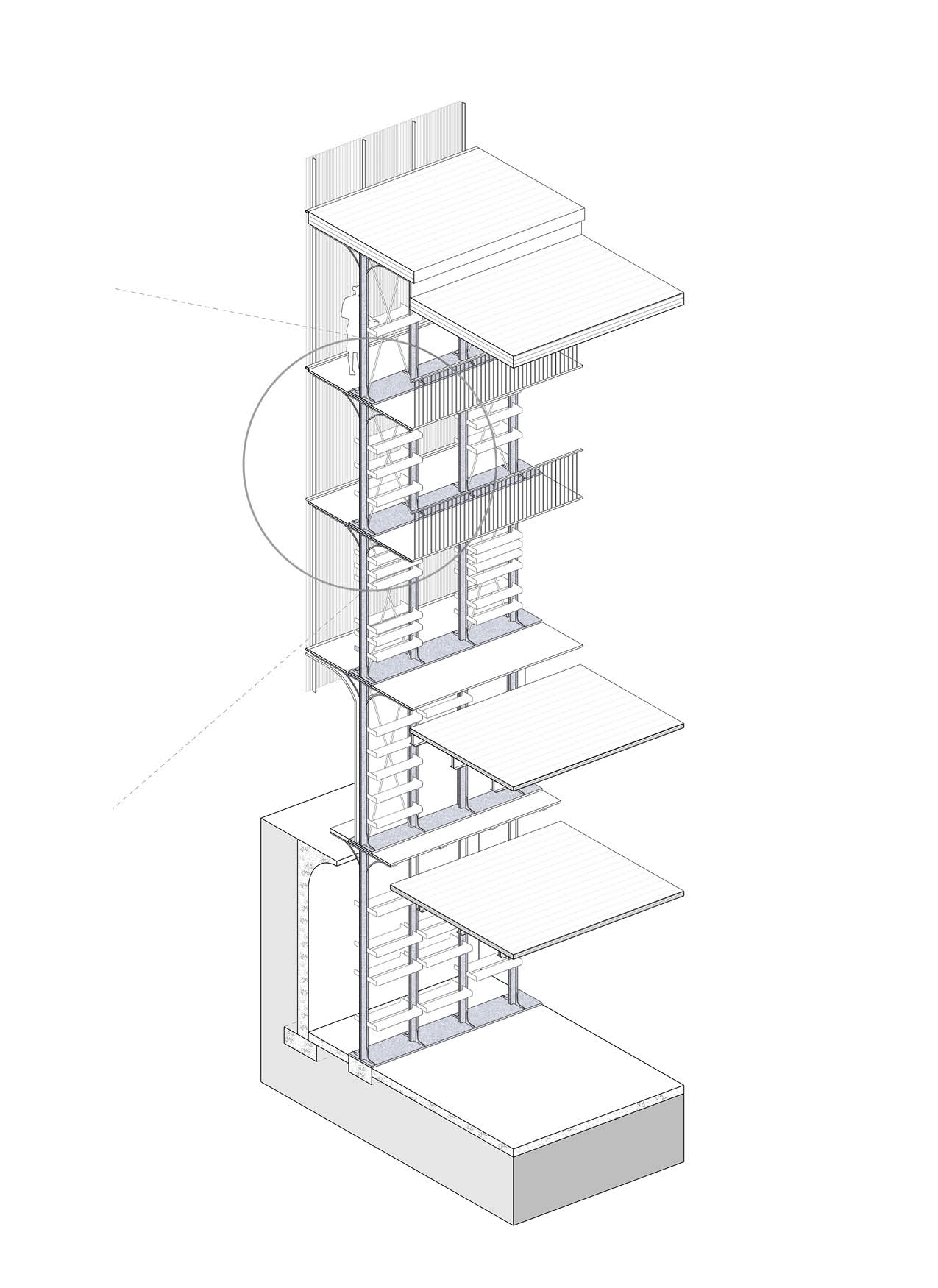
The structure of the building is also the apparatus for display. The structure takes inspiration from the cast iron bookshelves by Snead and Co. Libraries often have the highest demand for building load (books are surprisingly heavy) and the Snead and Co. bookshelves can not only hold the weight of books but are also independent structural members. The quintessential elements of the library – the stacks – has also become a part of the building itself. Similarly, the shelves which hold the objects of memory in this project also becomes a part of the building itself. The building structure becomes the apparatus of collecting, archiving, and displaying.
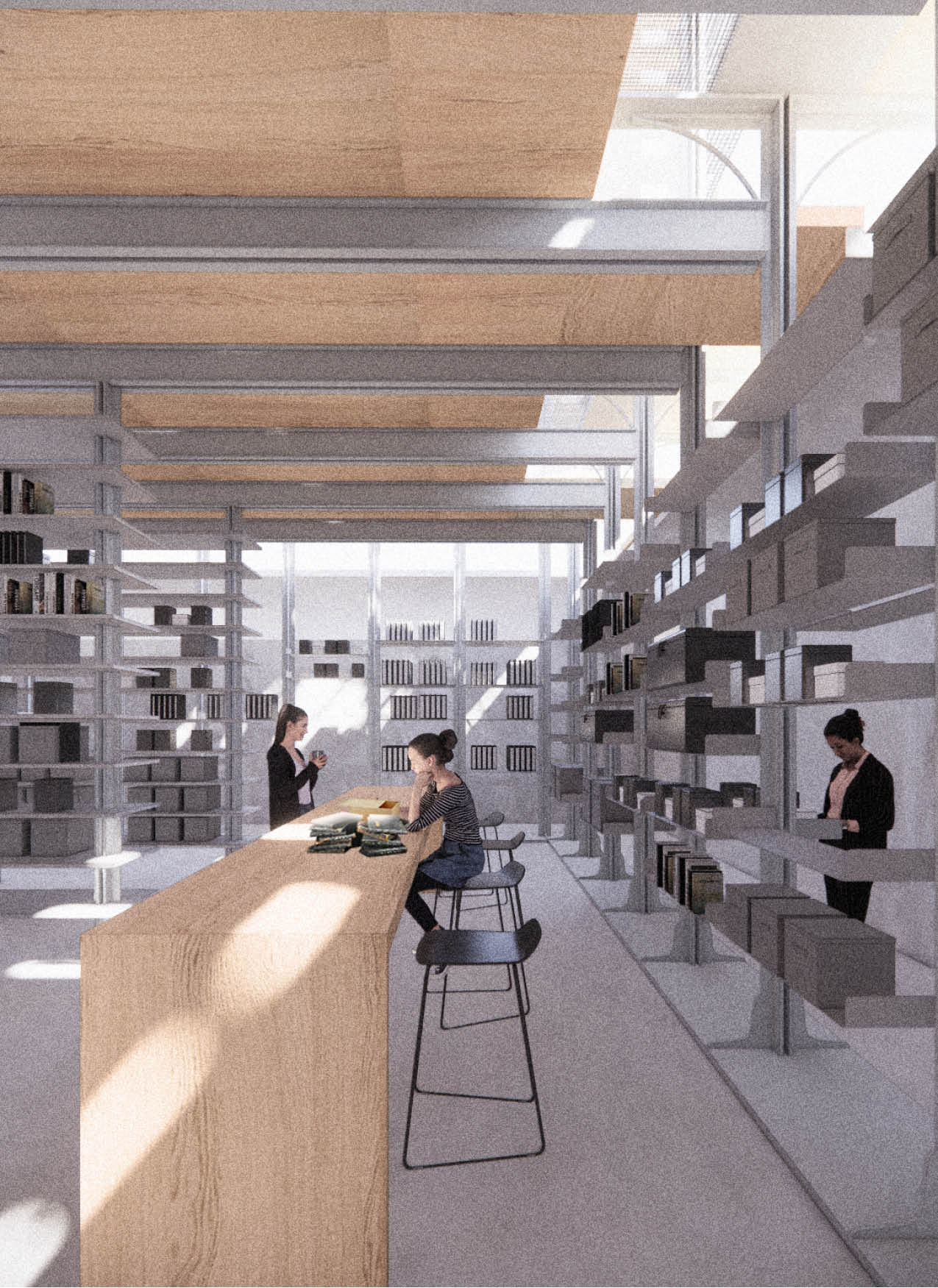
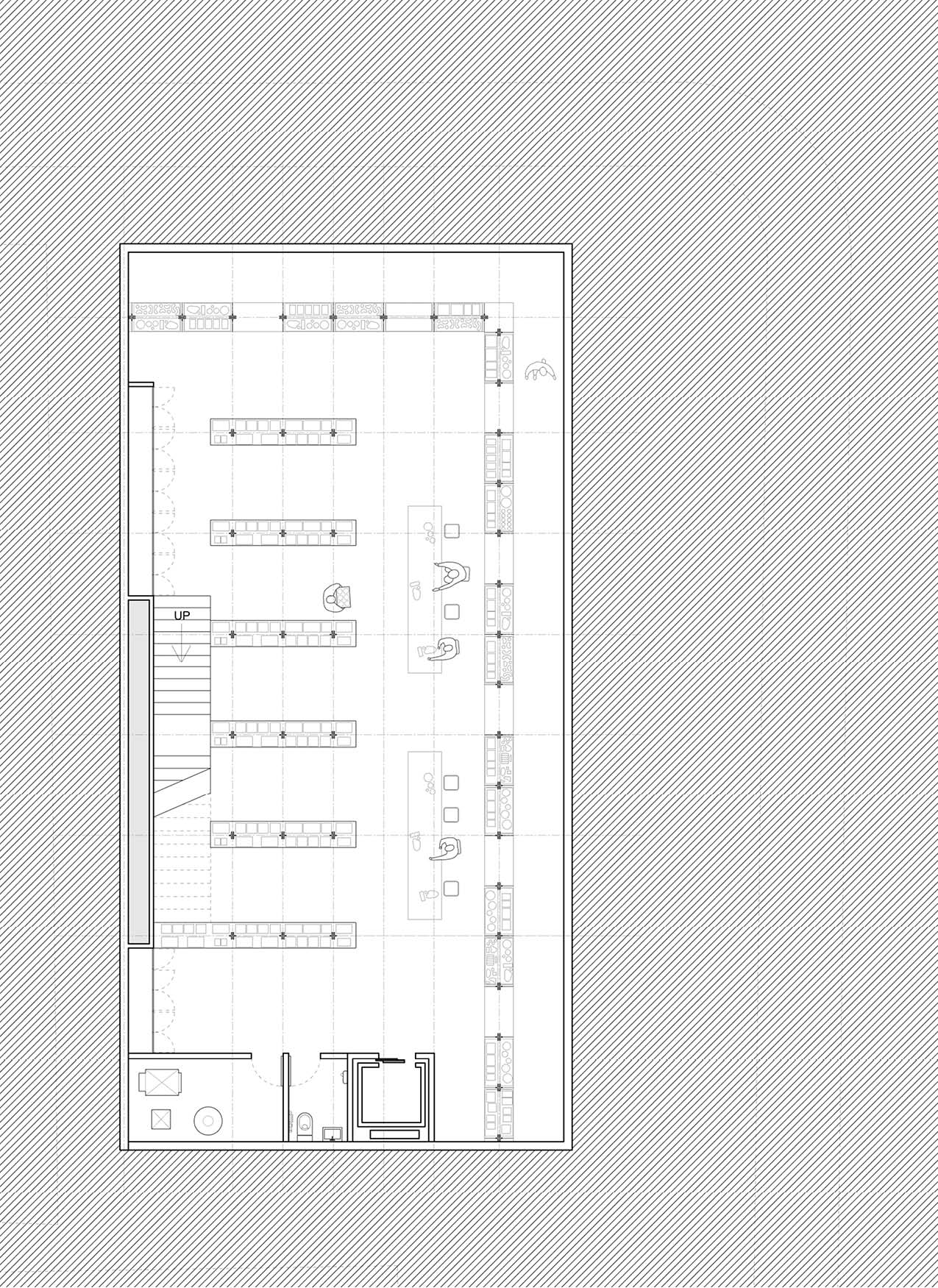
Basement archival space.
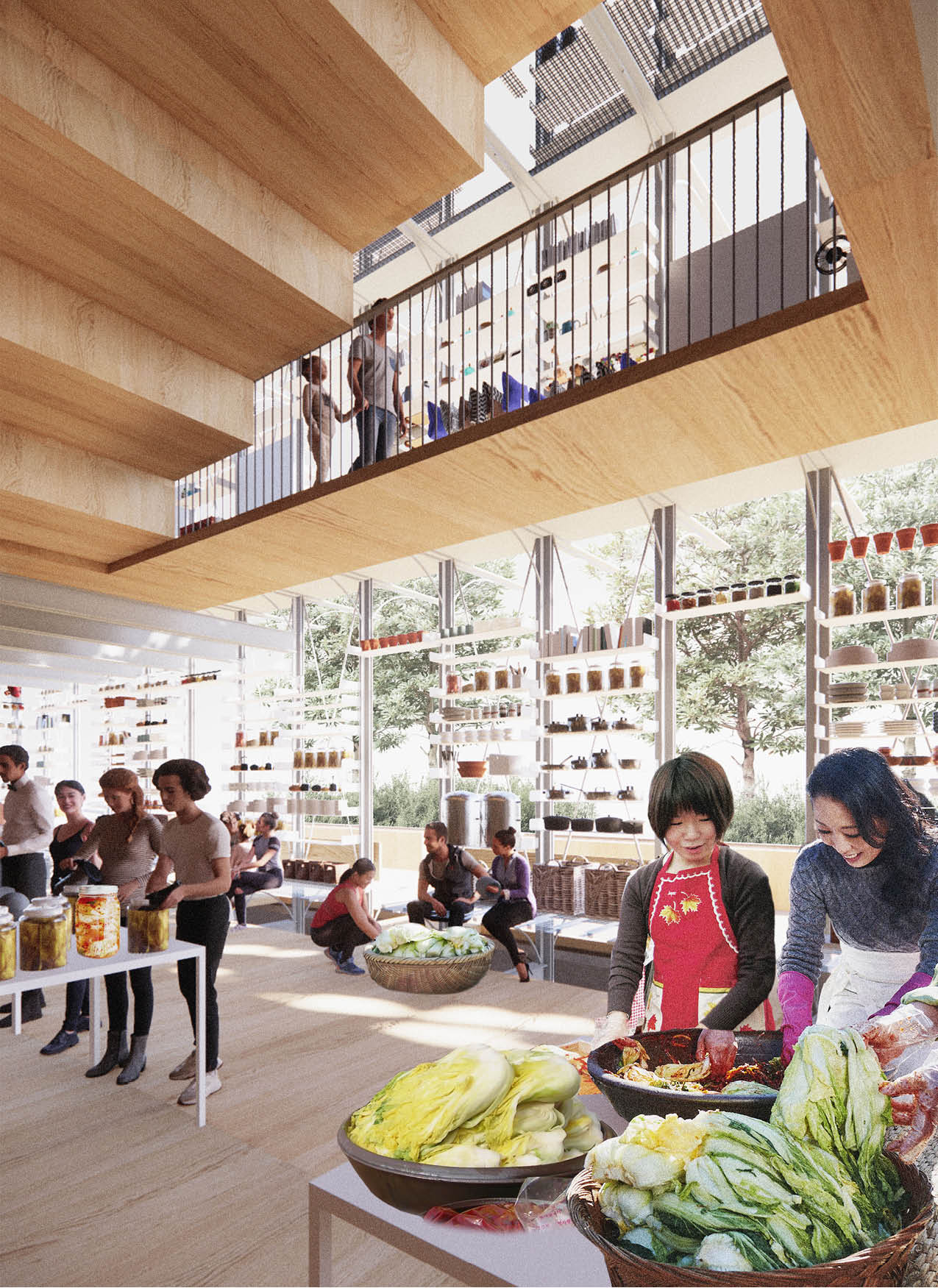

Ground floor plan and activities.
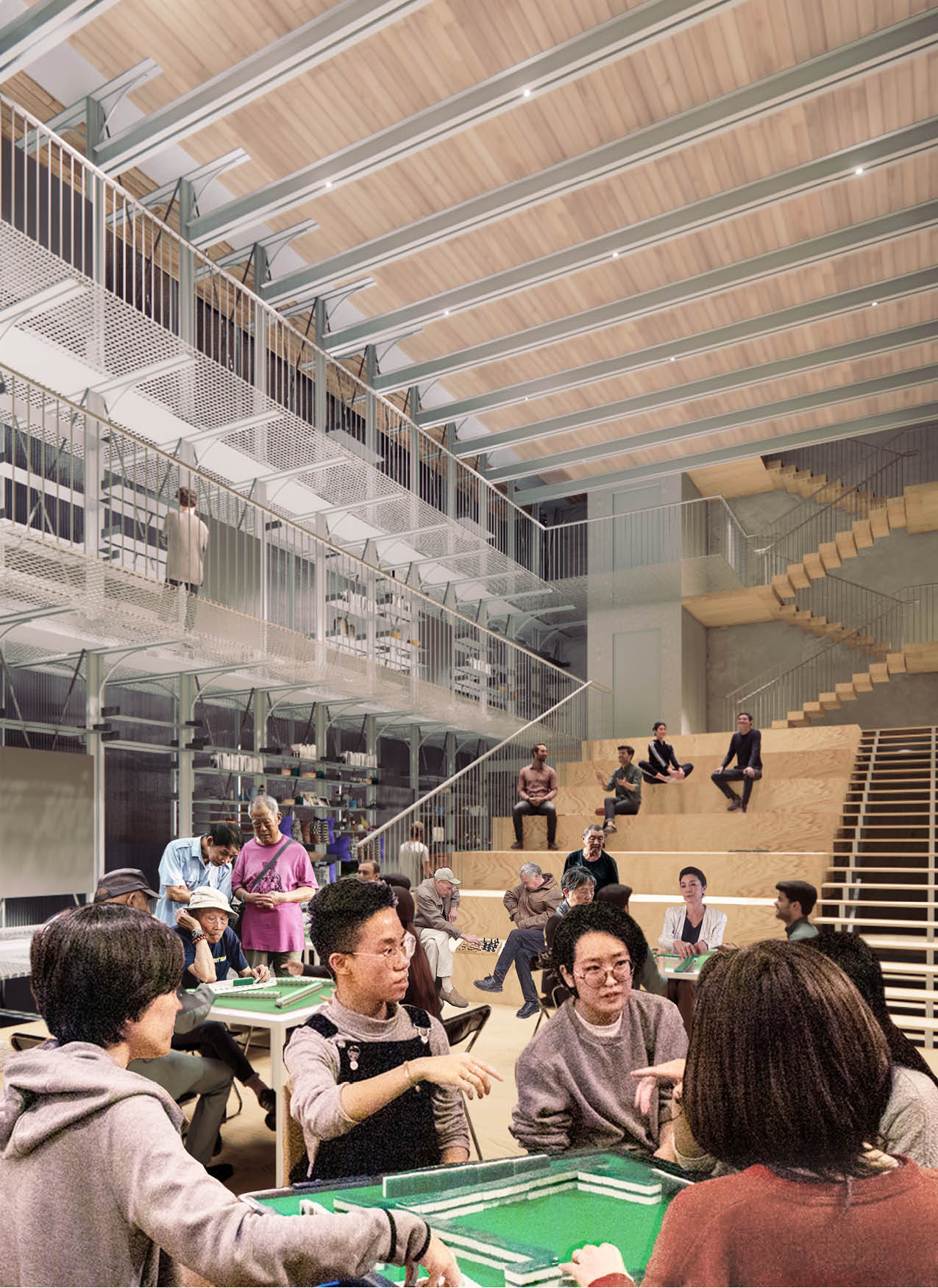
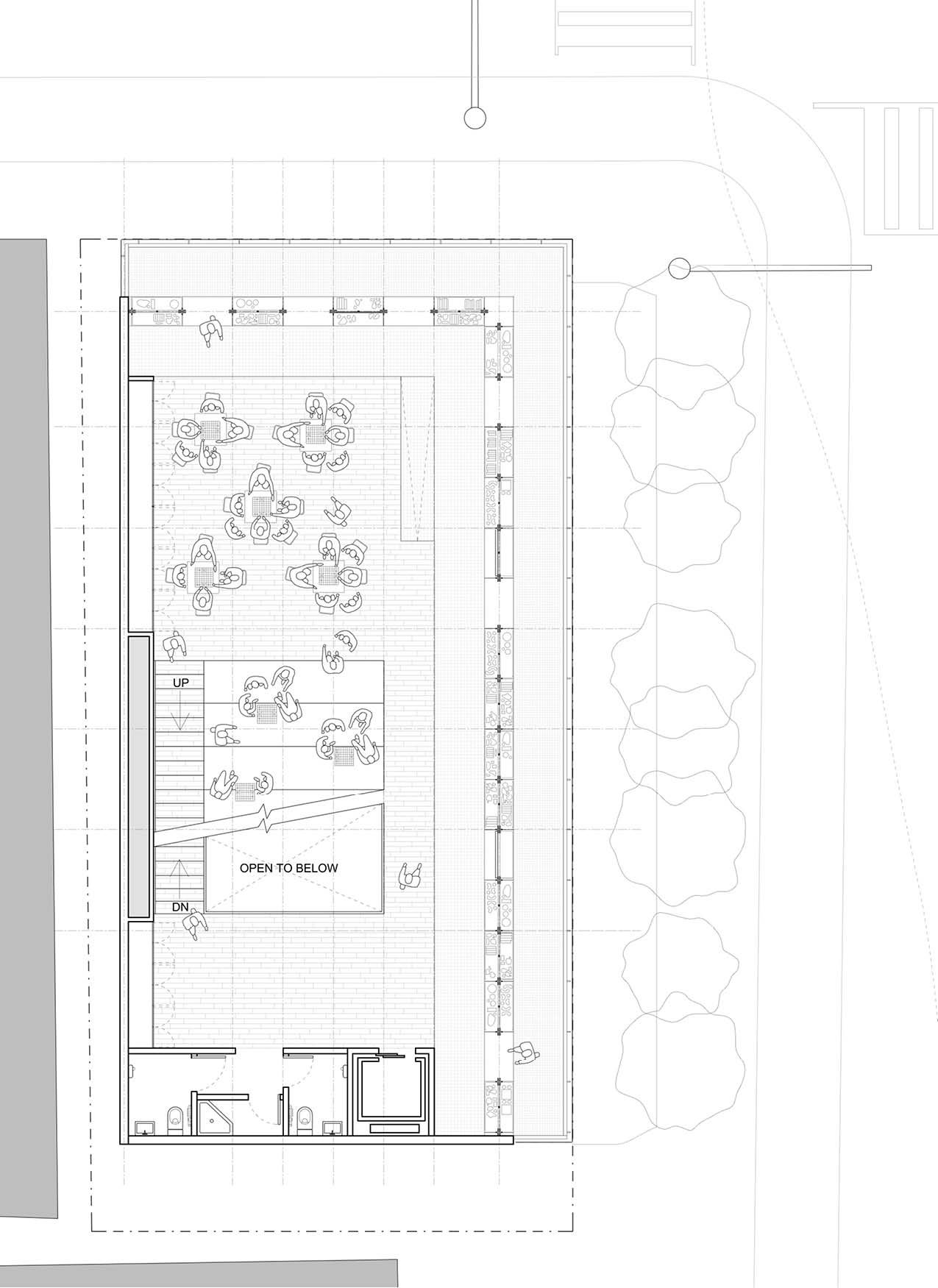
Second floor plan and activities.

Building section.


